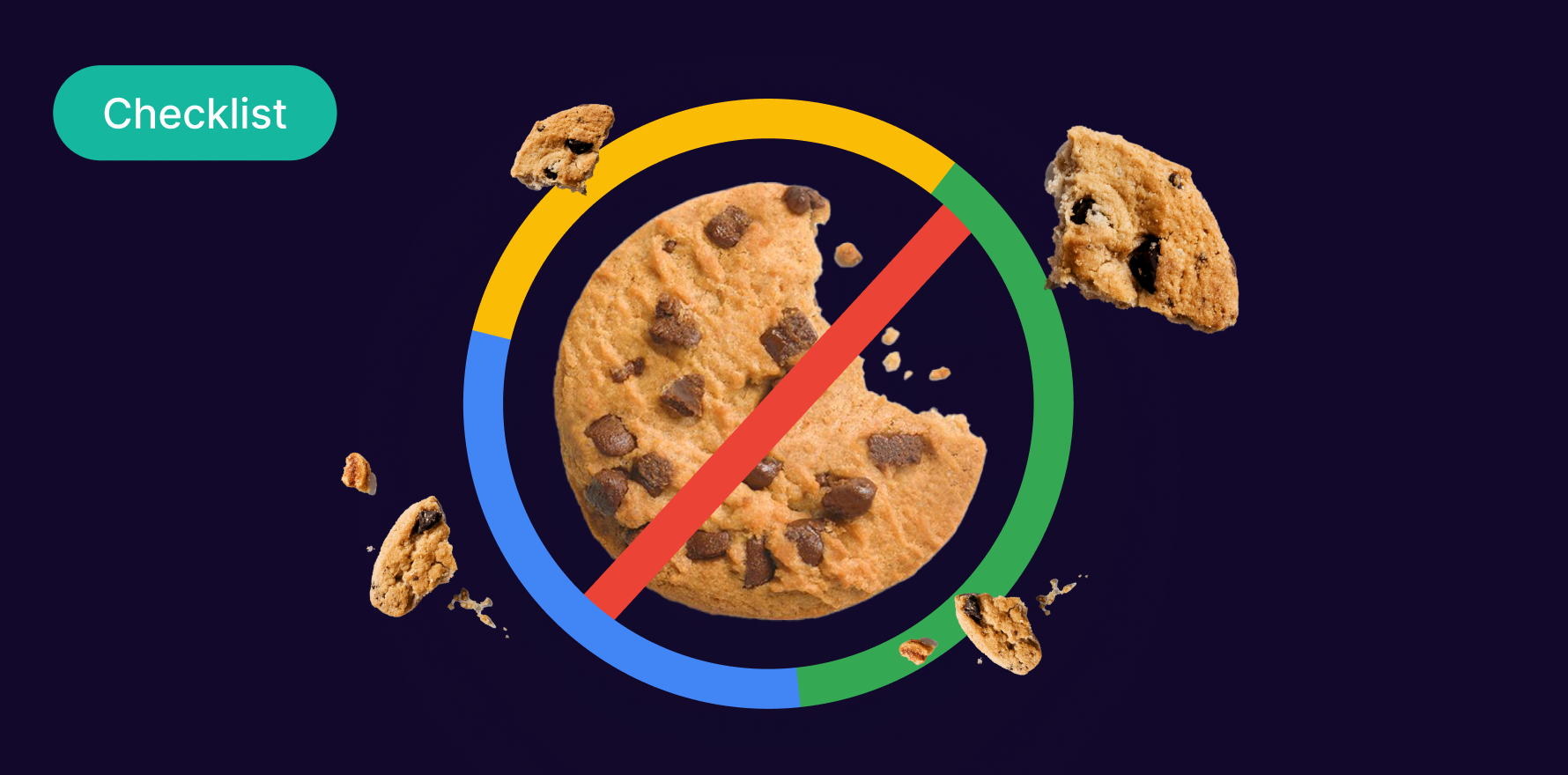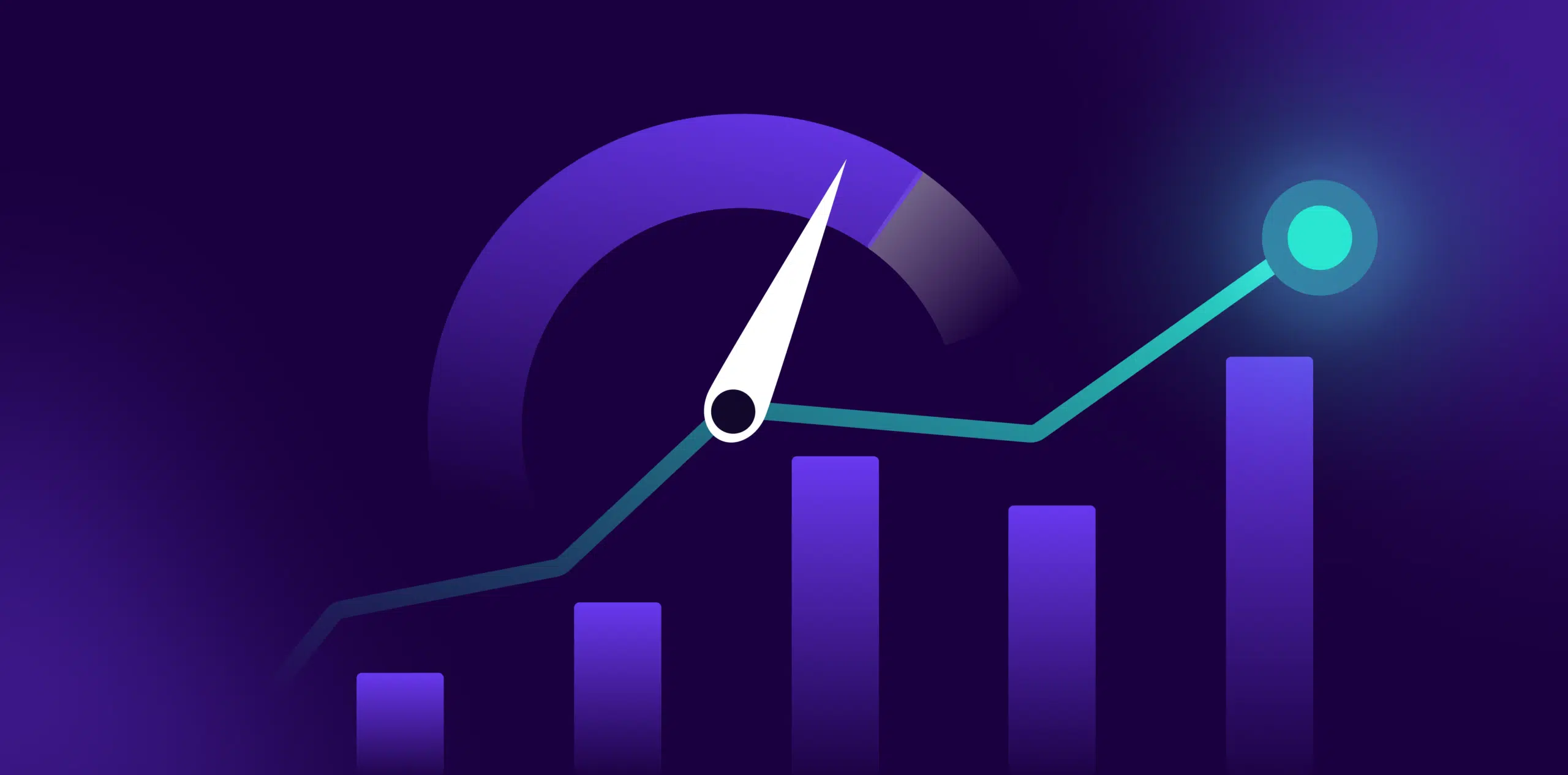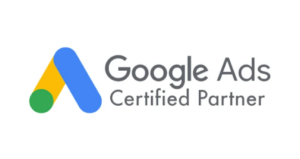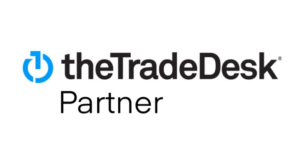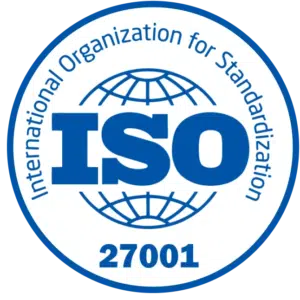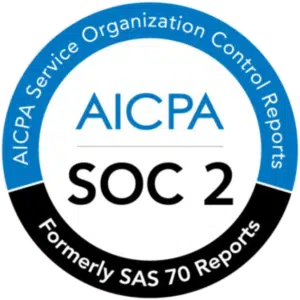What is Conversion Lift?
Conversion Lift quantifies the increase in conversions directly attributable to a marketing activity by comparing the performance of a treated group (exposed to the marketing action) with a control group (not exposed).
Formula
Conversion Lift = (Conversions Treated – Conversions Control / Conversions Control) X 100
Example
Consider an e-commerce company running a promotional campaign via social media ads. The treated group (who saw the ads) records 150 conversions, while the control group (who did not see the ads) records 100 conversions.The Conversion Lift is calculated as follows:
ConversionLift=(150 – 100 / 100) X 100 = 50%
This indicates a 50% increase in conversions due to the social media ad campaign.
Why is Conversion Lift important?
Conversion Lift is critical for marketers to:
- Evaluate the true effectiveness of their campaigns.
- Determine the actual impact on conversion rates.
- Optimize marketing spend by focusing on high-impact strategies.
- Make informed decisions for future marketing initiatives.
Which factors impact Conversion Lift?
Several factors can influence Conversion Lift, including:
- Target Audience: The demographics, preferences, and behavior of the audience.
- Campaign Relevance: How well the campaign message resonates with the audience.
- Channel Effectiveness: The performance of different marketing channels used.
- Market Trends: External factors like economic conditions, competition, and seasonality.
- Measurement Precision: The accuracy of data collection and analysis techniques.
How can Conversion Lift be improved?
To enhance Conversion Lift, consider:
- Segmentation: Targeting specific audience segments with tailored messages.
- Personalization: Customizing the user experience to align with individual preferences.
- A/B Testing: Experimenting with different campaign variations to identify the most effective elements.
- Data Analysis: Leveraging data insights to optimize campaign performance.
- Cross-Channel Strategies: Integrating efforts across various marketing channels for a cohesive approach.
What is Conversion Lift’s relationship with other metrics?
Conversion Lift is closely related to several other metrics for example conversion Rate, Incremental Lift, ROI (Return on Investment), Customer Acquisition Cost (CAC) and Lifetime Value (LTV).Understanding Conversion Lift allows marketers to fine-tune their strategies, ensuring that campaigns effectively drive conversions and contribute to overall business growth.
Free essential resources for success
Discover more from Lifesight

